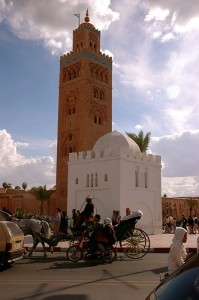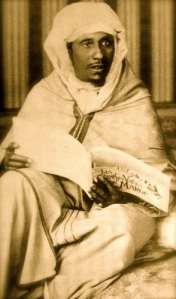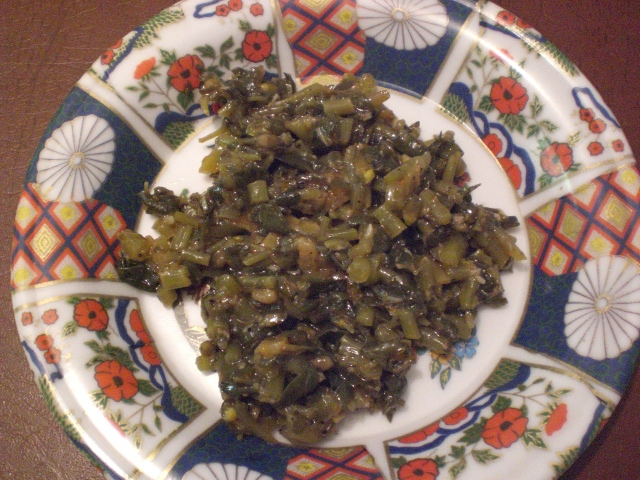24 Hours in Marrakech, Travel Tips On What To See & Where to Eat, Morocco Travel Guide
If you’re traveling to Morocco and only have 24 Hours in Marrakech then visiting Marrakech’s lush gardens, spectacular palaces, historical sites, the hippest shops and eating at the hot spots are a must. In 24 hours you can see the best of Marrakesh knowing exactly what places to visit, sites to see and where to eat. Start your a one-day Marrakech tour around the “red hamra” city bright an early with a visit to the Majorelle Gardens. Next, head to the Koutoubia Mosque and then to the El Bahia Palace. The breathtaking architecture of the El Bahia Palace offers an excellent architecture lesson as it was once home to a harem and has some of the best Moroccan painted ceilings, ceramics and a wonderful garden. Continue your walk through the medina visiting the Kisseria.











